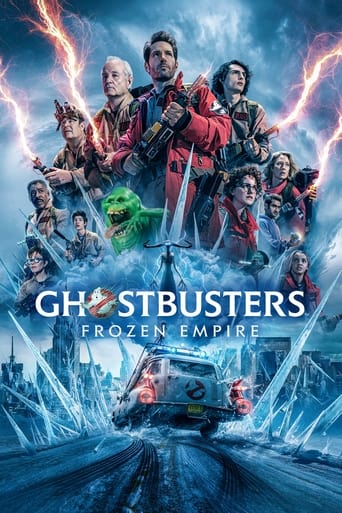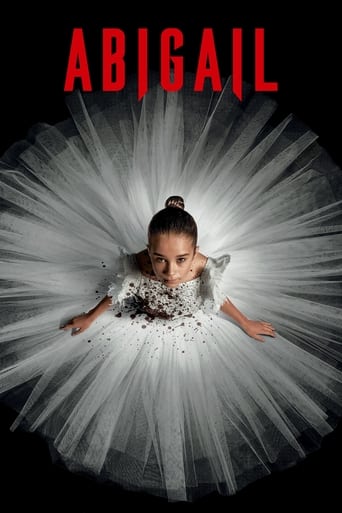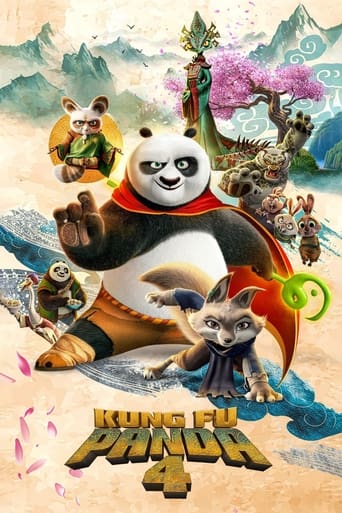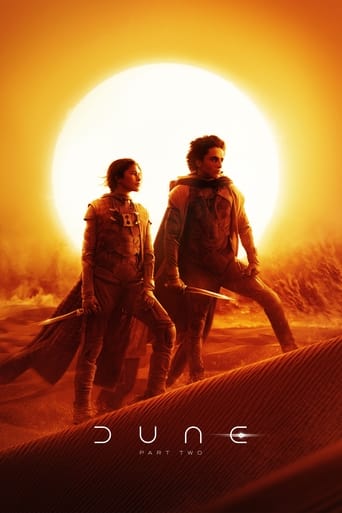
 MOVIE
MOVIE
How I Unleashed World War II, Part I: The Escape
On the night of August 31, 1939, Dolas, from a platoon reinforcing a train station on the German border, falls asleep in a train car and unknowingly crosses into Germany. The moment he shoots a German, who he thinks is a saboteur, the German invasion of Poland begins, and Dolas is convinced it was his fault. He is taken to Stalag POW camp, the first destination in his odyssey around Europe.
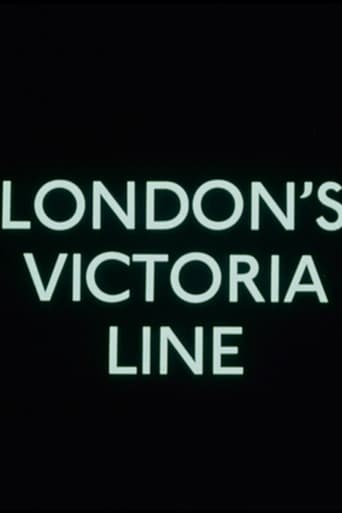 MOVIE
MOVIE
The Victoria Line Report No. 5: London's Victoria Line
The final episode of five reports on the construction of the Victoria Line in London. This one is edited highlights from the first four with very little new information.
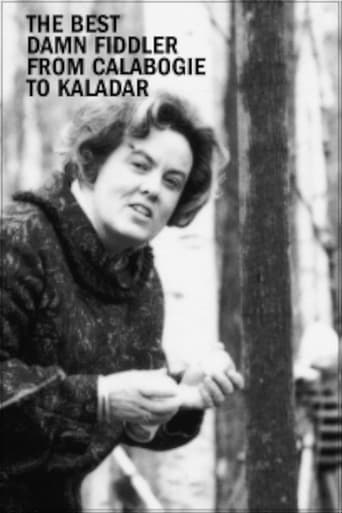 MOVIE
MOVIE
The Best Damn Fiddler from Calabogie to Kaladar
"The Best Damn Fiddler from Calabogie to Kaladar" tells the story of Emery Prometer, a proud bush worker in Ottawa Valley, resisting government aid to support his family. The film compassionately depicts their struggles and the resolve of Emery's daughter, Rosie, (Margot Kidder in her film debut) to break the cycle of poverty through education. This '60s NFB standout authentically portrays their dignity amid hardship, showcasing Canadian filmmaking despite hurdles from private broadcasters' cost concerns. The Best Damn Fiddler from Calabogie to Kaladar won eight Canadian Film Awards, including Best Picture (John Kemeny, Barrie Howells), Director (Peter Pearson), Cinematography (Tony Ianzelo), Screenplay (Joan Finnegan) and Lead Actor (Chris Wiggins).
 MOVIE
MOVIE
Still A Brother: Inside the Negro Middle Class
The Black middle class, torn between white goals and Black needs, are examined by producers William Greaves and William Branch in a 90-minute NET Journal documentary.
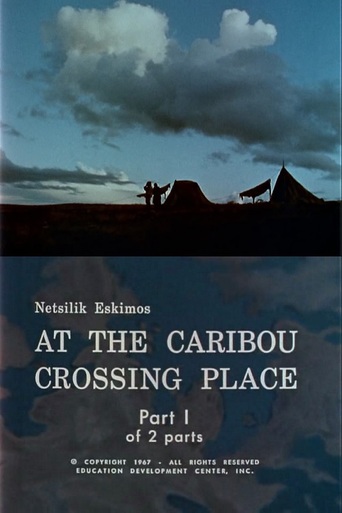 MOVIE
MOVIE
Netsilik Eskimo Series, II: At the Caribou Crossing Place
The time is early autumn. The woman wakes and dresses the boy. He practices with his sling while she spreads a caribou skin to dry. The boy picks berries and then the men come in their kayak with another caribou. This is skinned, and soon night falls. In the morning, one man leaves with his bow while the other makes a fishing mannick, a bait of caribou meat. The woman works at the skins, this time cleaning sinews and hanging them to dry. The man repairs his arrows and then sets a snare for a gull. The child stones the snared gull and then plays hunter, using some antlers for a target. His father makes him a spinning top. Two men arrive at the camp and the four build from stones a long row of manlike figures, inukshult, down toward the water. They wait for caribou and then chase them toward the stone figures and so into the water where other men in kayaks spear them. The dead animals are floated ashore and skinned.
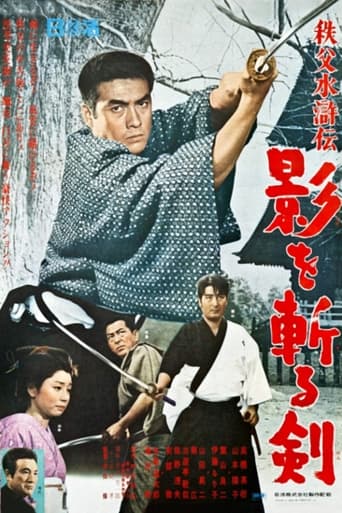 MOVIE
MOVIE
Saga from Chichibu Mountains - Sword Cuts the Shadows
During the 1880's a young swordsman, Saotome Gengo, on his way to Tokyo stops at an inn in a small town. But he does not know that his prowess has already attracted envious attention and that Senzo, the boss of the local gang, plans to have him killed. Seiji, the disowned son of the innkeeper, has run up a big gambling bill and, to settle it, the hoodlums decide to kill him. He is saved, however, by Hanako, star of the dancing troupe also staying at the inn. Gengo meets Hanako and learns that the troupe cannot open their show because the local police corruptly demand too much of the receipts. After another fight, Gengo sees the police-chief on behalf of the troupe, but is refused. So he suspects that the police and the hoodlums are implicated with each other. There seems no way to open the show until they hear that the governor is coming to the town for a local banquet. They appeal to him and he promises to investigate. It is decided that a duel will settle the matter...
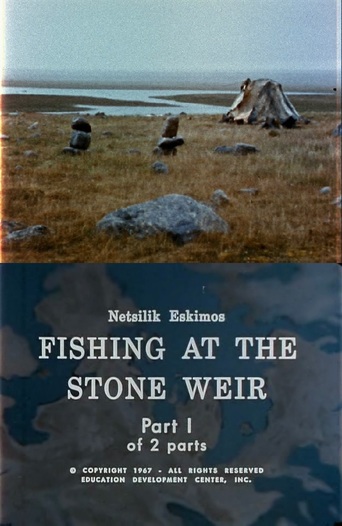 MOVIE
MOVIE
Netsilik Eskimos, VII: Fishing at the Stone Weir
Full summer, and the tundra is bare; skin tents are up and it is time to attend to the fishing as the fish move upstream. The men are in the river, lifting stones and placing them to form enclosures to trap the fish. A woman skins a duck and then braids her hair in the old way, stiffly around sticks. From a bladder she makes a balloon for the child. The men are fishing with the three-pronged leisters, spearing the fish and stringing them on a thong, until it is as much as a man can do to drag his catch from the water. The woman works quickly, cleaning the fish, and then all enjoy bits of the fresh raw fish.
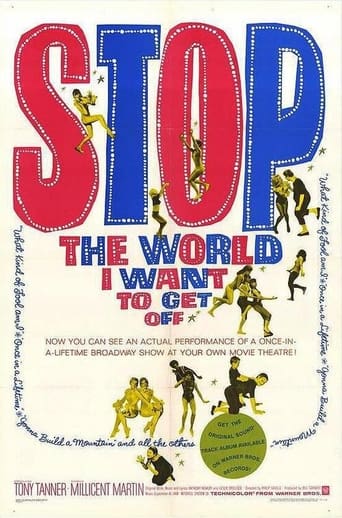 MOVIE
MOVIE
Stop the World: I Want to Get Off
The Anthony Newley/Leslie Bricusse London and Broadway musical hit Stop the World, I Want to Get Off is given literal treatment in this filmization. Newley stars as Littlechap, whose allegorical rise to success is countered by the instability of his private life. Like the play, the film is staged impressionistically, with Newley decked out in mime makeup and periodically stopping the action to address the audience, and with all the women in his life -- German, American and "Typically English" -- played by a single actress (Millicent Martin, taking over from the stage version's Anna Quayle). In Wizard of Oz fashion, the play itself is lensed in color, while the brief prologue, showing the actors preparing for their performance, is in black-and-white. The production includes such standards (and perennial audition pieces) as What Kind of Fool Am I? and Gonna Build a Mountain.
 MOVIE
MOVIE
The Girl Raised as a Future Daughter-in-law
Choi Eun-hee’s directorial debut The Girl Raised as a Future Daughter-In-Law is the story of ups and downs of a future daughter-in-law who, due to poverty, married an infant rich groom. A ruined widow’s daughter Jum-soon has no time to rest, as her mother-in-law treats her like a maid, leaving her with all the kitchen chores, house cleaning, grinding grain, and sewing, while the mother-in-law smokes a pipe and nitpicks on her. What allows Jum-soon to endure is her ‘duty as a woman’ taught to her since young and her child husband’s lovable yammering.
 MOVIE
MOVIE
Down Home Music - A Journey Through the Heartland
In 1963 German filmmaker Dietrich Wawzyn set out to shoot a series of films for German television that took him through the southern US in search of American jazz and roots music. He contacted Arhoolie Records founder Chris Strachwitz, who jumped at the chance to join him and share his enthusiasm for regional musical traditions. Wawzyn made three films dealing with blues, gospel, and hillbilly music. The negatives to those films were lost. This film recreates the journey from the best elements still available and includes much previously unreleased footage.




